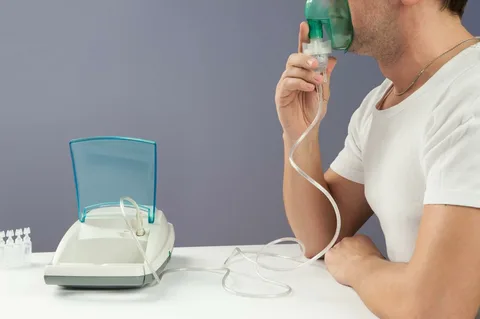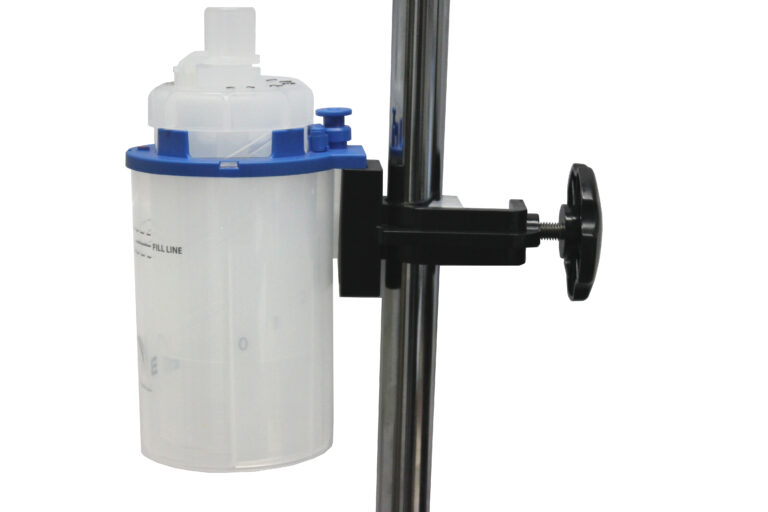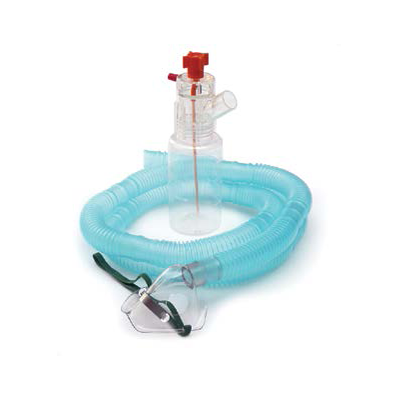Using a nebulizer is an effective way to administer medication, especially for respiratory conditions like asthma, chronic obstructive pulmonary disease (COPD), or other lung disorders. However, to ensure that your nebulizer continues to perform at its best, proper maintenance and cleaning are essential. Regular maintenance not only extends the lifespan of your nebulizer but also ensures that the medication is delivered effectively, preventing any health complications caused by dirt or residue buildup.
In this guide, we will walk you through the best practices for nebulizer maintenance and cleaning, so you can enjoy long-term, trouble-free use. Let’s dive in!
Why Cleaning Your Nebulizer is Crucial
The primary function of a nebulizer is to turn liquid medication into a mist that can be inhaled into the lungs. Over time, the nebulizer can accumulate medication residue, dust, and bacteria, all of which can affect its performance. If the nebulizer is not properly cleaned, it could cause the following issues:
- Infection Risks: Bacteria and mold can grow on the nebulizer if it’s not regularly cleaned, leading to potential respiratory infections.
- Ineffective Medication Delivery: Residue buildup can clog the nebulizer, preventing proper airflow and reducing the effectiveness of the medication.
- Shortened Lifespan: Neglecting to clean the nebulizer can result in parts wearing out faster, requiring costly replacements.
For these reasons, it’s essential to follow a cleaning routine after each use and conduct more thorough maintenance periodically.
How Often Should You Clean Your Nebulizer?
Cleaning your nebulizer after each use is a must. However, it’s also important to do a deep clean regularly. Here’s a general cleaning schedule:
- Daily Cleaning: After each use, wash the nebulizer parts (mask, mouthpiece, and cup) with warm, soapy water.
- Weekly Cleaning: Once a week, disinfect the nebulizer by soaking the parts in a solution of vinegar and water or a specialized nebulizer disinfectant.
- Monthly Maintenance: Every month, inspect the nebulizer for any signs of wear and tear, check the tubing for cracks, and replace any parts if necessary.
By sticking to this schedule, you’ll ensure your nebulizer is working optimally and safely.
Step-by-Step Guide to Cleaning Your Nebulizer
1. Disassemble the Nebulizer
Before cleaning, make sure your nebulizer is powered off and disconnected from any electrical outlets. Disassemble all removable parts, including the mask, mouthpiece, nebulizer cup, and tubing.
Pro Tip: Avoid washing the tubing unless there is visible dirt or residue. In most cases, the tubing should be wiped down with a clean cloth.
2. Wash the Parts
Rinse the mask, mouthpiece, and nebulizer cup with warm, soapy water. Use a mild, unscented dish soap to avoid leaving any harmful residue. Gently scrub the parts with a soft brush or cloth to remove any dirt or medication residue.
Pro Tip: Don’t use abrasive brushes that could scratch the parts. Scratches can create areas where bacteria can hide.
3. Rinse Thoroughly
Once scrubbed, rinse the parts thoroughly with clean water to remove any soap residue. Soap residue can interfere with the effectiveness of the medication.
Pro Tip: Ensure you rinse for at least 30 seconds to guarantee all soap is removed. Any soap left on the parts can affect medication delivery during the next use.
4. Disinfect the Parts (Weekly)
To disinfect, fill a clean container with a mixture of one part vinegar and three parts water. Soak the parts for about 20-30 minutes. Alternatively, you can use a nebulizer disinfectant solution as per the manufacturer’s guidelines.
Pro Tip: Avoid using harsh chemicals like bleach, as they can damage the nebulizer parts.
5. Air Dry the Parts
Once cleaned and disinfected, leave the parts to air dry on a clean towel or cloth. Make sure they are completely dry before reassembling to prevent mold or bacteria growth.
Pro Tip: Place the parts in a well-ventilated area to speed up the drying process. Never dry the parts using a towel or cloth that might leave fibers behind.
Additional Maintenance Tips
Inspect for Damage
Over time, the parts of your nebulizer may wear out. Regularly inspect the nebulizer for any cracks, tears, or signs of wear. Pay special attention to the tubing and mouthpiece, as these parts are most frequently used and prone to damage.
Replace Parts When Necessary
Most nebulizer manufacturers recommend replacing parts like the mouthpiece, tubing, and cup every 6 months. If you notice any performance issues or visible damage, it’s best to replace the affected part promptly.
Store Properly
When not in use, store your nebulizer in a cool, dry place. Keep it away from dust, humidity, or heat sources, as these can negatively affect the device. Never store the nebulizer with any residual moisture or medication inside.
Troubleshooting Common Nebulizer Issues
Even with regular maintenance, you might experience occasional issues with your nebulizer. Here are some common problems and their solutions:
Problem: The nebulizer is not producing mist.
Solution: Check the tubing and nebulizer cup for clogs. If there’s buildup, clean the parts thoroughly. If the problem persists, inspect the motor and air compressor for malfunctions.
Problem: The nebulizer is leaking air.
Solution: Ensure that all parts are properly assembled and that the seal is secure. If the tubing is cracked, replace it.
Problem: The nebulizer is making a loud noise.
Solution: Check for blockages in the nebulizer’s airflow and ensure that the motor is running smoothly.
Frequently Asked Questions
It’s best to use mild, unscented dish soap to avoid residue buildup.
It’s best to use mild, unscented dish soap to avoid residue buildup.
If you notice cracks, leaks, or a decrease in performance, it’s time to replace the affected part.
Ensure Long-Term Health with Proper Nebulizer Maintenance
Proper nebulizer maintenance and cleaning are essential for ensuring that the device works effectively for long-term use. By following the steps outlined above, you can extend the life of your nebulizer, prevent infections, and make sure your treatments are as effective as possible.
Remember to clean your nebulizer after each use, disinfect it weekly, and inspect it regularly for any damage. Additionally, make sure to replace any worn-out parts to keep your device in top condition. Regular care and proper maintenance will not only help your nebulizer last longer but will also contribute to your overall health by ensuring the delivery of clean, effective medication.
For those looking to purchase a high-quality, reliable nebulizer, consider B&B Technologies. Their devices are built with durability in mind and come with excellent customer support to assist with any maintenance concerns.
Start Taking Better Care Of Your Nebulizer Today – Clean It, Maintain It, And Ensure A Longer Lifespan For Your Treatments.


